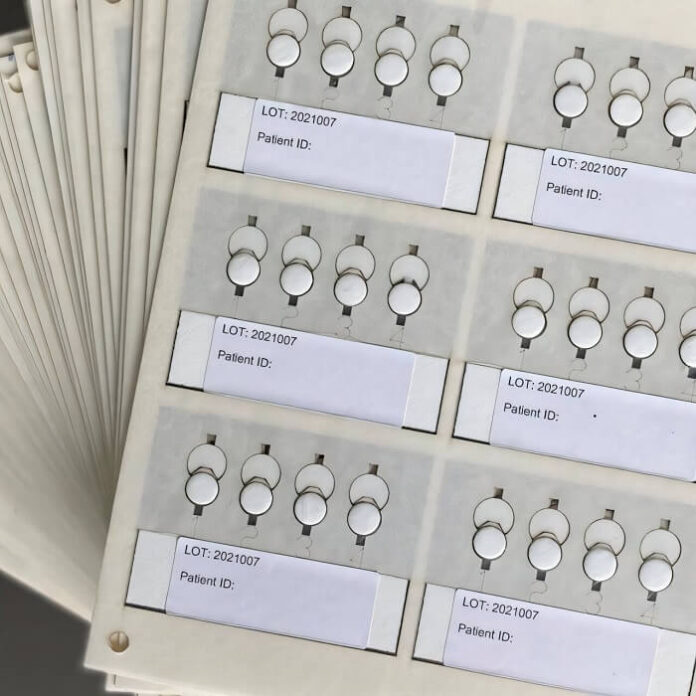Addressing Barriers to Routine HIV Testing
In many parts of the world, financial and logistical challenges make it difficult for HIV patients to travel to clinics for routine blood tests. To overcome this, patients increasingly use paper-based devices to collect a drop of blood and send it to distant labs for analysis. While these devices help monitor disease progression and adherence to drug regimens, they often fail to control the volume of blood collected, leading to inaccurate readings.
Engineering a More Precise Blood Collection Device
Recognizing this limitation, Charlie Mace, an associate professor at Tufts University’s Department of Chemistry, collaborated with postdoctoral scholar Giorgio Morbioli. Together, they designed an improved paper-based device. Their innovation is called a plasma spot card. It uses wax-printed patterns to create precise channels and collection spots. This design ensures a consistent blood volume in every sample.
Clinical Pilot Demonstrates Superior Accuracy
Mace’s team conducted a clinical pilot with 75 HIV patients in South Africa to compare their device’s accuracy against the industry-standard Roche plasma spot card. Their plasma spot card proved more effective, accurately measuring HIV infection levels in 90.5% of cases compared to Roche’s 82.7%. It also outperformed Roche’s card in detecting drug-resistant viral mutations (63% vs. 42%), a crucial factor in deciding whether to adjust a patient’s treatment regimen. These findings were published in the Proceedings of the National Academy of Sciences.
Collaborative Research for Real-World Application
To conduct the pilot study, Mace collaborated with the National Institute for Communicable Diseases (NICD) in Johannesburg. HIV experts Michael Jordan and Alice Tang from Tufts University School of Medicine introduced Mace to the project. He and NICD scientists collaborated to ensure the plasma spot cards could seamlessly integrate into existing diagnostic workflows.
Moving Toward Commercialization and Wider Adoption
Now, Mace is seeking partnerships with laboratories and researchers worldwide to bring this technology into regular practice. His team continues refining the device to enhance its accuracy and reliability while taking steps toward commercialization.
Simplicity for Greater Accessibility
As reported by medicalxpress, Mace emphasizes the importance of designing simple yet effective technologies. “We intentionally focus on developing technologies that are simple in both construction and operation,” he explained. “Simplicity may pose challenges in research, but it ultimately ensures accessibility and affordability—both critical needs in healthcare today.”
























